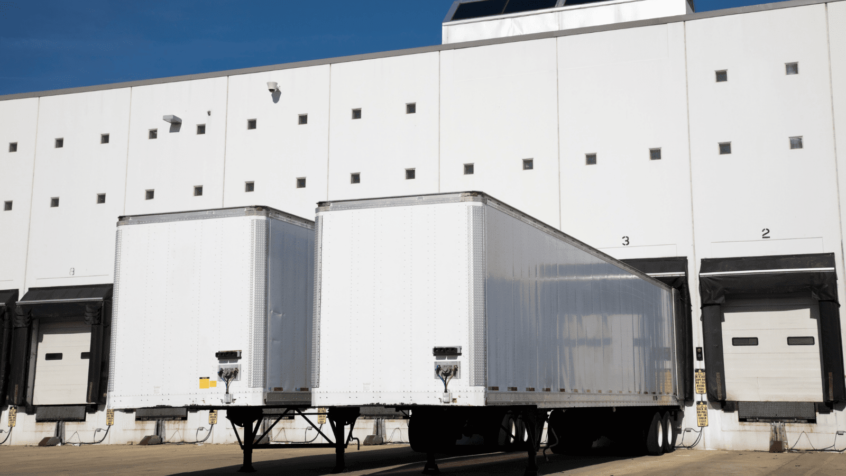With the current shipping climate creating bottlenecks and intermodal equipment shortages, transloading has become vital in maintaining many supply chains’ integrity.
To help you better understand the benefits of transloading and why we highly recommend adding it to your supply chain strategies, we have answered some of our customers’ most frequently asked questions.
What is the Difference Between Transloading and Intermodal?
Transloading and Intermodal are very similar as both transfer goods from one mode of transportation to another. However, unlike intermodal shipping, where products remain in the container for the duration, transloading transfers products from containers to other conveyances at a GLC trans-loading facility.
What are the Benefits?
By transloading at GLC’s facilities, you allow products to be strategically reworked and consolidated before being loaded onto trucks or railcars and shipped on demand to their final destination. Reworking can include palletizing, kitting, labeling, and other value-added services preparing your goods for your end customer, removing slack from your supply chain, and allowing for maximum flexibility. Besides being efficient, transloading is both a cost-effective and expedient means of executing the final leg of your supply chain.
Where are GLC’s Transloading Facilities Located?
GLC has six trans-loading facilities: Los Angeles (3), Chicago, Charleston, and Miami. All of which are located near intermodal terminals ensuring short drayage service.

